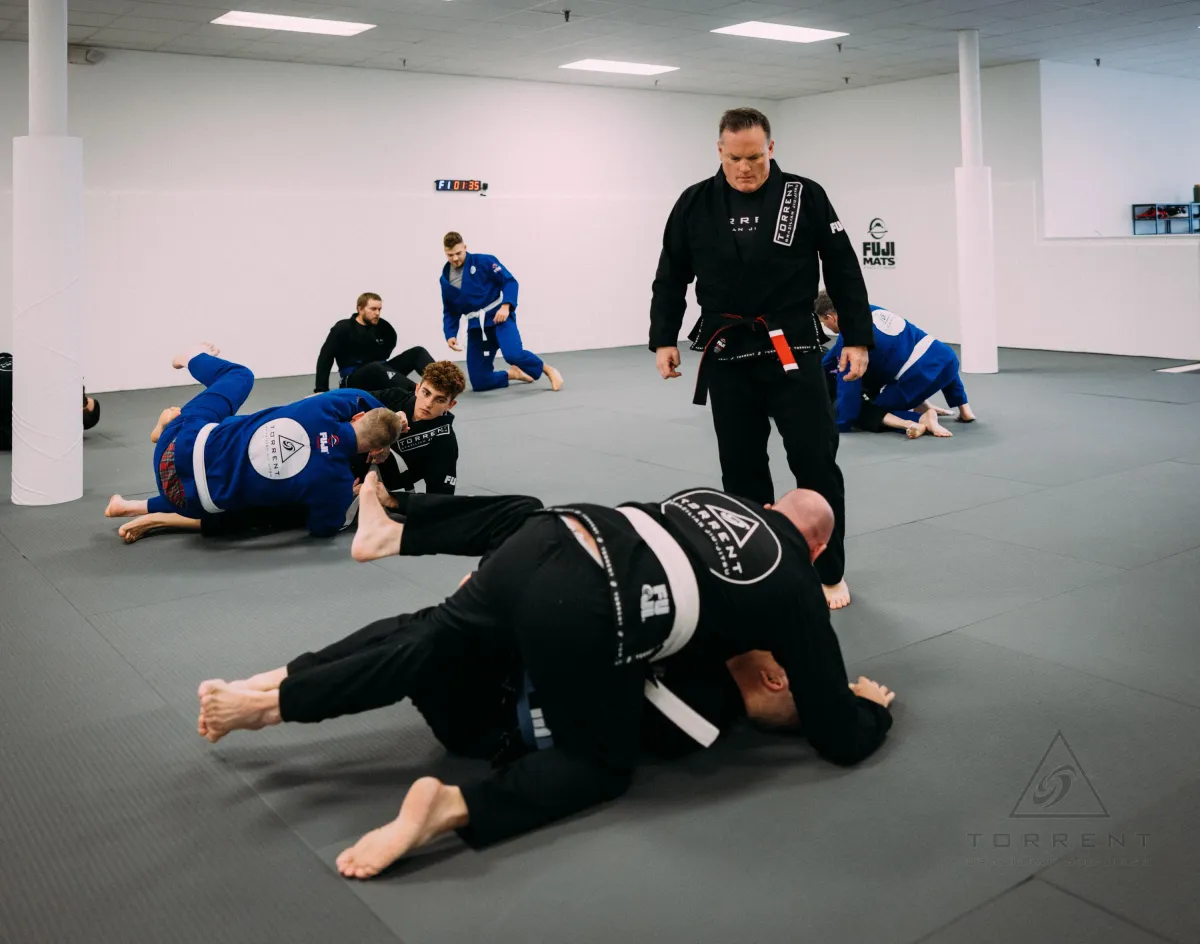
Traditional vs. Modern Jiu-Jitsu: What’s the Difference (and Why It Matters)
Understanding the Evolution of BJJ—and How It Shapes Your Training
If you're just getting started with Brazilian Jiu-Jitsu or are a parent exploring martial arts for your child, you may have come across terms like “old school” and “new school” Jiu-Jitsu. But what do they really mean?
At Torrent Brazilian Jiu-Jitsu, we believe that understanding the differences between traditional and modern BJJ styles not only deepens your appreciation of the art—it helps you train smarter, safer, and more effectively.
Let’s explore the key differences between these two approaches and why combining them leads to the most well-rounded training experience.
What Is Traditional Brazilian Jiu-Jitsu?
Traditional BJJ—often called “old school” Jiu-Jitsu—traces its roots to the Gracie family in Brazil. This approach was built with one core goal in mind: self-defense.
Key Features of Traditional Jiu-Jitsu:
Emphasis on fundamentals like guard, mount, and positional control
Focus on self-defense scenarios, including standing confrontations
Slow, technical development with attention to detail
Techniques designed to work regardless of size or strength
Training that prioritizes safety and long-term learning
Traditional BJJ is often where beginners start because it builds a strong foundation. It’s perfect for students who want practical self-defense skills and a methodical understanding of the art.
What Is Modern Jiu-Jitsu?
Modern BJJ, or “new school,” is heavily influenced by sport competition and innovation. While it still values fundamentals, it introduces newer techniques and rolling styles that evolve as the sport grows.
Hallmarks of Modern BJJ:
Dynamic, sport-style rolling with fast transitions and flow
Heavy use of leg locks, inversions, and berimbolos
Strategies based on points and match tactics
Emphasis on creativity, experimentation, and fluid movement
Techniques tailored to competition success
Modern BJJ is exciting, athletic, and constantly evolving. It attracts students who enjoy movement, challenge, and strategy.
Old School vs. New School Jiu-Jitsu: Which Is Better?
The truth is—it’s not a matter of one being better than the other.
Traditional BJJ provides structure, safety, and essential life skills like discipline and patience. Modern BJJ introduces athleticism, adaptability, and exposure to evolving techniques that help students keep up with the competitive landscape.
The most effective Jiu-Jitsu practitioners—and the best schools—recognize the value in both.
Why Blending Both Styles Creates a Complete Game
At Torrent BJJ, we believe the future of Jiu-Jitsu lies in respecting the past and embracing the present. That’s why our classes are designed to give students:
✅ Solid fundamentals rooted in traditional Brazilian Jiu-Jitsu
✅ Modern techniques and rolling formats that build adaptability
✅ Self-defense confidence and competition-readiness
✅ A supportive space where all students—kids, adults, beginners, and competitors—can grow at their own pace
Our coaches draw from both old and new school BJJ styles to provide well-rounded instruction, no matter your goals.
Why This Matters for You (and Your Child)
Whether you're an adult looking to start your Jiu-Jitsu journey or a parent searching for a structured and empowering activity for your child, knowing the difference between BJJ styles helps you make a more informed choice.
At Torrent BJJ, you'll find a school that:
Honors tradition with a strong focus on self-defense
Incorporates modern techniques to keep things fresh and fun
Supports beginners and families in Hanover and Pembroke MA
Ready to Experience the Best of Both Worlds?
Come see how Torrent Brazilian Jiu-Jitsu combines traditional values with modern innovation to help students of all ages thrive—on and off the mats.
👉 Try a free class today at our Hanover or Pembroke locations.
Let us help you start your BJJ journey with the right balance of discipline, movement, and growth.